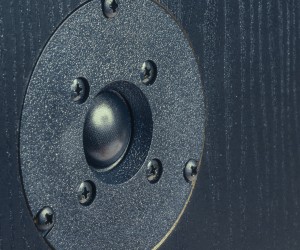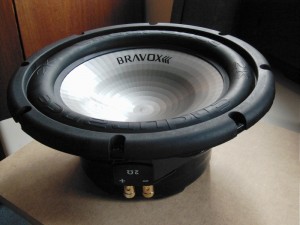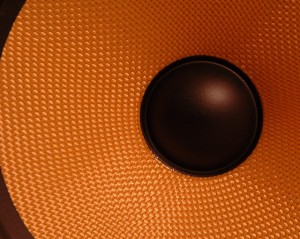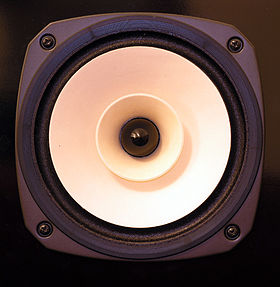Car Audio Terminology Explained
Want your music to sound nice while you’re on the road? Just know the lingo and make the right choice when you buy a car or modify your audio system. Understand the following concepts, for a start.
Tweeter
A tweeter is a speaker that produces high-pitch sounds, like the sound of a small bird’s song. For music, tweeters are the speakers that produce cymbal sounds, beepy techno sounds, that “tink tink tink” rap sound, and other high-frequency sounds. Tweeters found in vehicles are typically small; about 1in3. Sometimes they are integrated with another speaker’s assembly or structure. In an average vehicle, there may be a couple of tweeters or a set of full-range speakers. (read on for more info)
Woofer
So, tweeters are good for making high-pitch bird tweet sounds. Woofers, then, produce those low-frequency sounds, such as a large dog’s “woof.” These speakers are also called “subwoofers.” The larger the diameter of the subwoofer, the deeper the sound it can make. When you hear that “boom” from a car next to you, so rumbly that it shakes your eyeballs, it’s from a large, heavily-powered woofer. A typical subwoofer is about 8 inches to 10 inches in diameter but they can reach more than 20in. Normal non-luxury vehicles usually don’t feature woofers. Today; however, they are more common than they used to be.
Amplifier
Amplifiers, or “amps,” increase the amplitude of a signal, which allows the signal to power large speakers. For louder sound and to power large speakers, like subwoofers, an amplifier is added to an audio system. It may not be plainly visible. Often, it sits apart from the main “deck,” which is the part into which you insert your CDs and which has a touchscreen or a bunch of knobs and buttons. An amplifier’s max power must be lower than a speaker’s power rating or the speaker will be damaged when the volume is up.
Mid-Range Speakers
These speakers are sometimes called “squawkers.” They’re best for creating medium-frequency sounds, such as a crow’s squawk, a chord from an electric guitar, or an average human’s voice. These are included in every car audio system. A typical mid-range speaker is about 5 inches in diameter.
Full-Range Speakers
Full-Range speakers, as you would expect, produce a wide range of sounds, from high-frequency tweets and beeps to low-frequency bumps and booms. However, music typically doesn’t sound as great when all of the speakers are bundled into this one type. In other words, having the full range of speaker types usually allows better audio quality.
Audio Crossover
A stereo deck sends signals at a range of frequencies. An audio crossover categorizes the signals and sends them to the appropriate speaker. Low-frequency sounds go to the subwoofer, high-frequency to the tweeters, and so on. Some crossovers control the limiting, delay, equalization and other aspects of a sound system, creating a hi-fi audio experience that you’ll notice.
Find out if your local dealers are offering exclusive discounts on the car of your choice when you request free quotes here.





